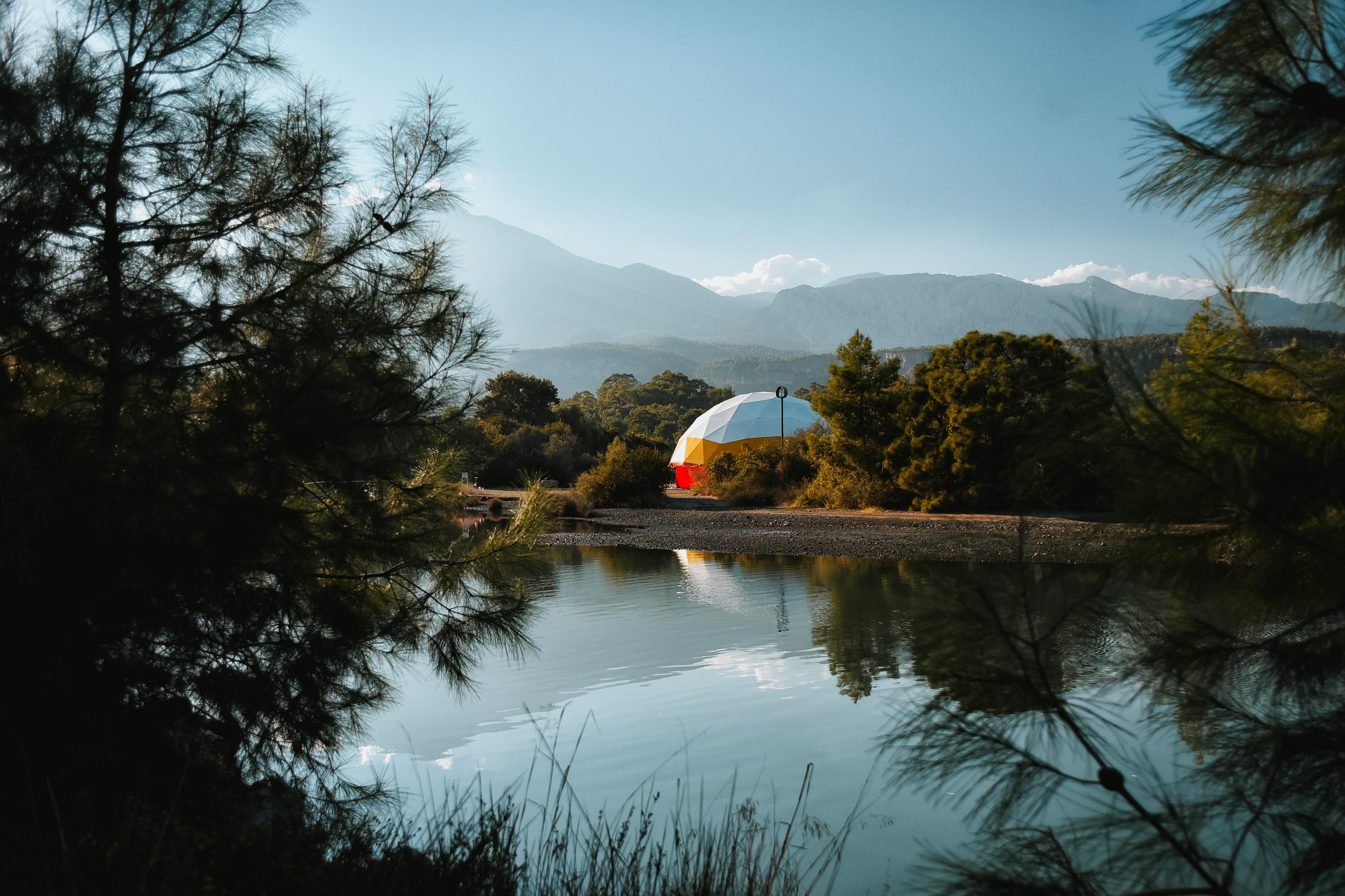Unveiling the Renaissance of Glamping: A Modern Twist to Classic Camping
There's a shift in the world of travel that's making waves, and it's called glamping. A fusion of glamour and camping, glamping is a trend that's swiftly gaining popularity among travelers craving a unique experience without sacrificing the comforts of home. It's a far cry from the traditional camping setup of pitching a tent and sleeping bags. Instead, it offers luxury amenities usually found in high-end hotels, right in the heart of nature. This article will delve into the history, current trends, the pros and cons, and the impact of glamping on the travel scene.

A Glimpse into the History of Glamping
Glamping, while seemingly a new concept, has its roots in the past. Historical figures like Genghis Khan and Ottoman Sultans reportedly enjoyed luxurious camping experiences reminiscent of today’s glamping. Fast forward to the 1900s, and safari expeditions in Africa became synonymous with luxury camping. However, it wasn’t until the 21st century that glamping, as we know it today, took shape. The term ‘glamping’ was first used in the United Kingdom in 2005 and has since become a travel trend globally.
Glamping Today: Current Trends and Insights
Today, glamping has evolved into a variety of forms with different levels of luxury. From safari tents, yurts, and treehouses to airstreams, cabins, and pod hotels, glamping provides unique accommodations that blend comfort, luxury, and nature.
The glamping trend has been spurred by a generation of travelers seeking unique experiences and sustainable travel options. According to a study by Arizton Advisory & Intelligence, the glamping market will reach a value of $4.8 billion by 2025, indicating a growing interest in this travel style.
The Ups and Downs of Glamping
There’s a lot to love about glamping. It offers an immersive experience in nature without the need for camping gear or survival skills. Plus, it adds a touch of luxury to the great outdoors, making it more accessible to individuals who might otherwise shy away from traditional camping.
However, glamping isn’t without its challenges. Its popularity could lead to overcrowding and increased pollution in pristine natural areas. Furthermore, glamping can be quite costly, making it less accessible for budget travelers.
The Impact of Glamping on Travelers
Glamping is changing the way we perceive travel. It’s about slowing down, embracing the beauty of nature, and indulging in a bit of luxury. The unique blend of comfort and adventure creates a travel experience that offers the best of both worlds.
Moreover, glamping is playing a part in the push towards sustainable tourism. Many glamping sites use eco-friendly materials, implement waste-reducing initiatives, and promote respect for local flora and fauna. This aligns with the growing consciousness among travelers about their environmental impact.
Practical Glamping Insights
- When choosing a glamping site, consider your comfort needs and the kind of experience you want.
- Despite the luxury aspect, remember to pack essential items like bug spray, sunscreen, and comfortable shoes.
- Consider the location’s climate and pack accordingly.
- Respect the environment. Follow the principles of Leave No Trace.
- Book in advance as popular glamping sites fill up quickly.
In conclusion, glamping is a travel trend that’s reshaping the way we experience the great outdoors. It intertwines luxury and nature, appealing to those who seek unique, sustainable, and comfortable travel experiences. As the world of glamping continues to evolve, it will undoubtedly continue to influence the landscape of travel and tourism.




